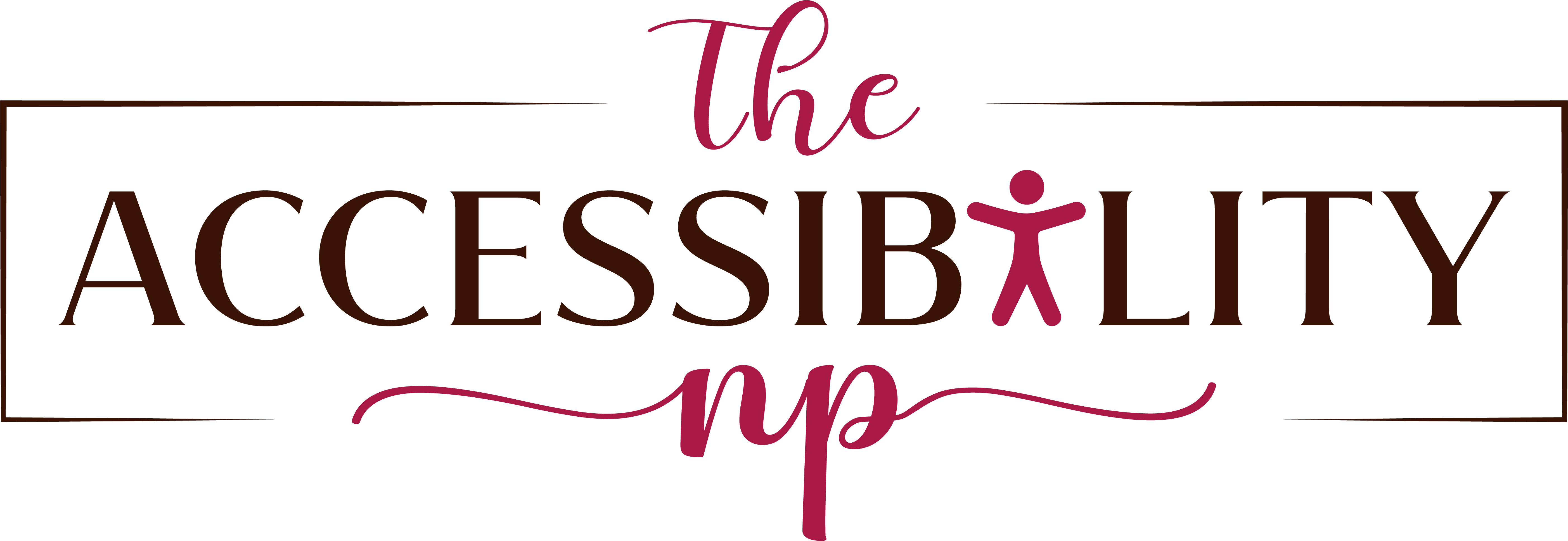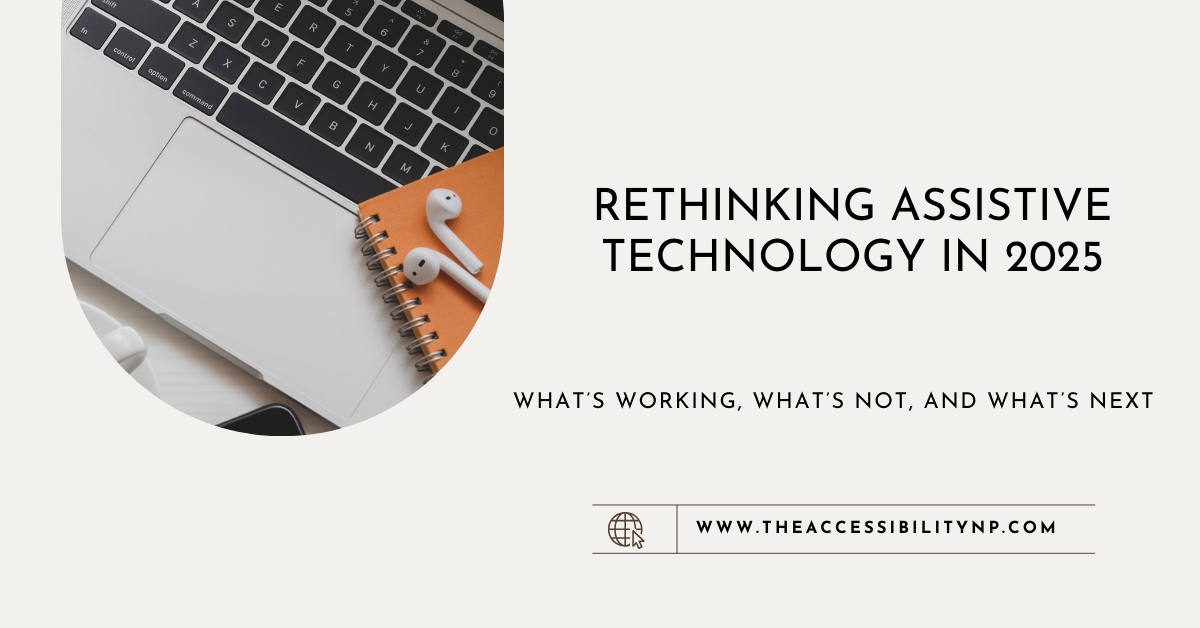Assistive technology (AT) continues to evolve, reshaping the educational landscape for disabled students. In 2025, we see promising advancements in AI-driven tools, mainstream accessibility features, and improved Augmentative and Alternative Communication (AAC) solutions. However, barriers remain, including inconsistent implementation, AT abandonment, and equity gaps.
This blog explores the current state of school-based AT—what’s effective, what still needs improvement, and where we’re headed next.
What’s Working: Innovations Transforming AT in Schools
AI-Driven Assistive Technology Enhances Personalization
Artificial intelligence is refining AT by improving predictive text, speech recognition, and adaptive learning tools. Speech-to-text and text-to-speech software have become more accurate, accommodating a range of speech differences. Programs like Co:Writer and Voice Dream Reader now leverage AI to better support students with dyslexia, dysgraphia, and motor impairments.
Built-In Accessibility Features in Mainstream Devices
Many accessibility tools that once required separate, costly devices are now integrated into everyday technology. Chromebooks, iPads, and Windows laptops include voice control, eye-tracking, and enhanced screen reader features. These improvements make AT more widely available in classrooms, reducing financial and logistical barriers.
Advancements in AAC for Communication
AAC tools have become more flexible and intuitive. Instead of relying solely on static picture boards, students now benefit from dynamic, customizable AAC apps. Improvements include:
- Core vocabulary integration, allowing students to build meaningful communication rather than just labeling objects
- Support for Gestalt Language Processors, helping autistic students who use scripting and echolalia
- Multi-modal communication, where text, speech, and gestures work seamlessly together
Growing Awareness and Training for Educators
More school districts recognize that purchasing AT is only the first step—teachers, therapists, and support staff need ongoing training. While there is still room for improvement, more schools are incorporating professional development and Universal Design for Learning (UDL) strategies to integrate AT effectively into classrooms.
What’s Not Working: Persistent Gaps in AT Implementation
Inconsistent AT Training for Educators
Although awareness of AT has improved, many educators receive minimal training. Schools often provide only a single introductory session when new tools are introduced, rather than the ongoing, hands-on coaching needed for successful implementation. Without proper training, teachers struggle to integrate AT into daily instruction, limiting its effectiveness.
AT Abandonment Remains a Challenge
Many students stop using AT because it doesn’t match their needs, lacks follow-through in implementation, or is seen as a “special education tool” rather than a universal support. AT should be adaptable, growing with students over time, yet too often, devices are introduced and then left unused.
Inequitable Access to AT Across School Districts
AT availability is not consistent across schools. Wealthier districts often have dedicated AT teams, while underfunded schools may rely on one special education teacher to oversee all AT needs. Financial constraints and variations in Medicaid and insurance coverage further limit access to necessary technology.
The One-Size-Fits-All Approach to AT
AT should be tailored to individual students, yet many schools take a standardized approach. Instead of considering each student’s unique learning profile, decisions are often made based on cost or convenience. Additionally, rushed AT trials prevent students from fully exploring what works best for them.
What’s Next: The Future of School-Based AT
AI-Powered Adaptive Learning Will Increase Personalization
Future AI-driven AT will adjust in real-time to a student’s needs. These tools will:
- Adapt to speech patterns over time for better recognition
- Predict the most effective writing supports for individual students
- Provide real-time feedback on reading and speech progress
Eye-Tracking and Brain-Computer Interfaces (BCI) Will Expand Access
Students with significant motor disabilities will benefit from emerging technologies like eye-tracking and brain-controlled interfaces. These innovations will allow students to type or navigate AAC devices using eye movements or thought-based inputs, removing physical barriers to communication.
Augmented Reality (AR) and Virtual Reality (VR) Will Improve Learning Experiences
AR and VR have the potential to enhance accessibility by creating immersive, interactive learning environments. Future applications may include:
- Simulated environments for social skills development in autistic students
- Virtual overlays for accessible keyboard navigation
- Interactive STEM lessons designed with accessibility in mind
Greater Emphasis on Inclusive Design in Education Technology
The best assistive technology is universally designed so that all students, disabled or not, benefit from its use. Moving forward, AT should be seamlessly integrated into classroom tools rather than being seen as separate, specialized equipment. This shift will encourage collaborative learning environments where students using AT are fully included in all aspects of education.
Looking Ahead
As we rethink assistive technology in 2025, it’s clear that progress isn’t just about the latest innovations—it’s about how these tools are implemented, who can access them, and whether they truly support students in becoming independent learners.
To create a more inclusive future, we need to:
- Provide consistent training and support for educators and staff.
- Ensure AT is tailored to individual student needs rather than relying on a one-size-fits-all model.
- Address equity gaps so that every student, regardless of location or resources, has access to the tools they need.
While technology continues to evolve, it’s the commitment to accessibility, inclusion, and proper implementation that will drive meaningful change. Moving forward, our focus must remain on breaking down barriers and ensuring that all students have the opportunity to thrive.

